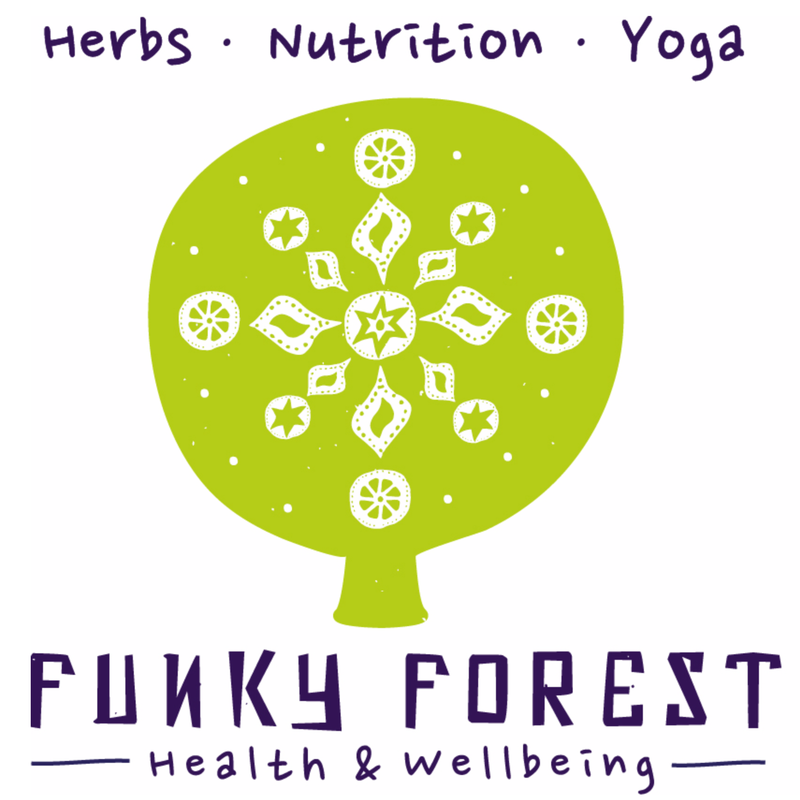Everyone seems to have an opinion on the paleo approach to eating, and often it’s a strong one. From anthropologists to acclaimed authors, nutritionists to naturopaths, Crossfit trainers to colonic hydrotherapists, and pretty much any health-conscious individual in between – the paleo movement now seems less like a fad and more like a dietary era in itself.
What is it?
Also known as the "caveman diet", "Stone Age diet", and "hunter-gatherer diet", it is a diet centred on fish, grass-fed pasture raised meats, eggs, vegetables, fruit, fungi, roots, and nuts.
It has many different interpretations but generally excludes grains, legumes, dairy products, refined salt, refined sugar, and processed oils – basically any foods perceived to be agricultural products. Stricter variations of the diet exclude some or all fruits.
Generally it is a high fat, moderate protein and low to moderate carbohydrate wholefood-based way of eating with the intention of granting long term health, resilience, and well-being.
Like most “diets” or ways of eating, there are many different interpretations, and there is both good and bad to come out of it. Unlike many fads, there is scientific evidence supporting some of the Paleo diet claims. But how solid is the evidence, and what are the long term pros and cons of the Paleo diet? To answer these questions from a balanced perspective, we need to dive a little deeper.
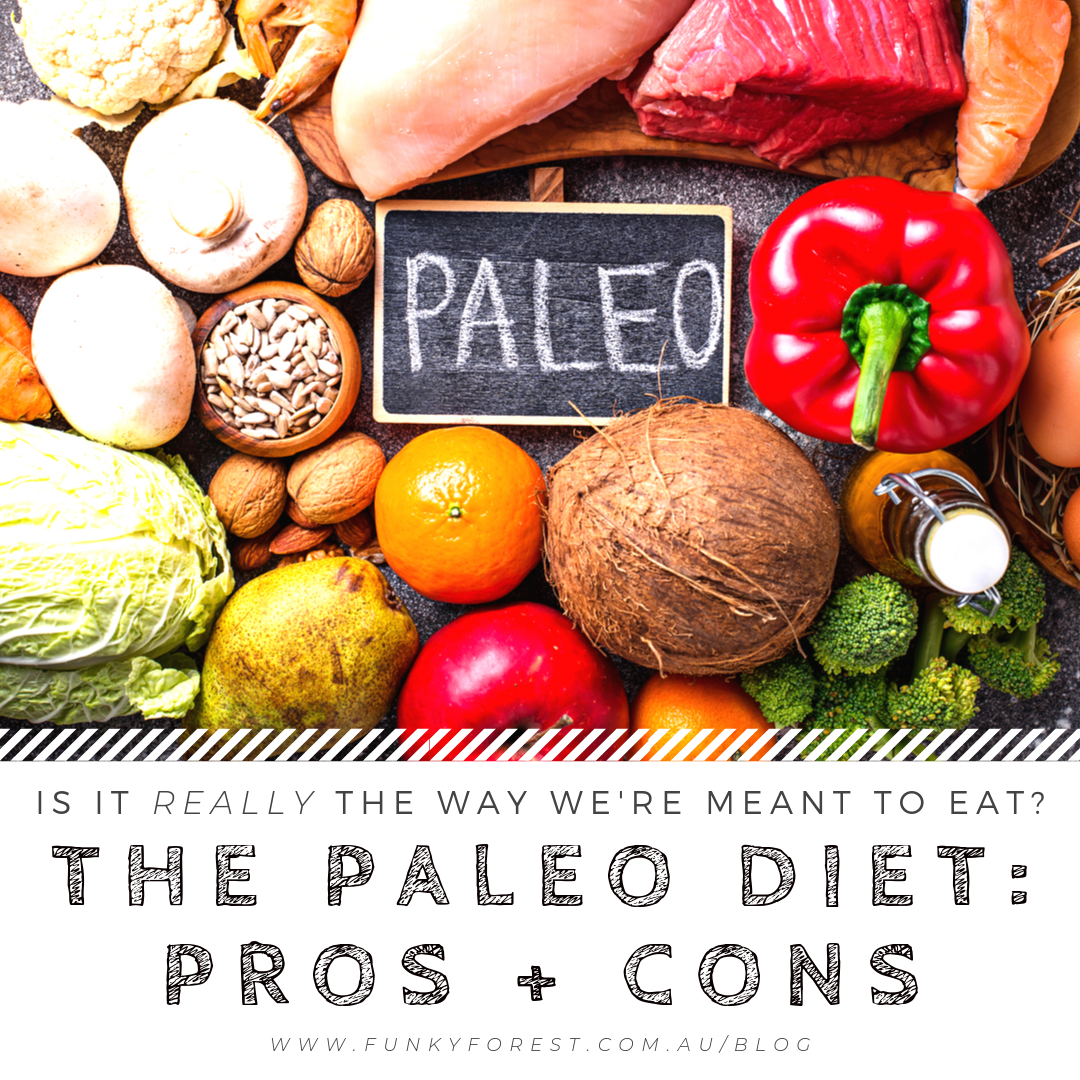
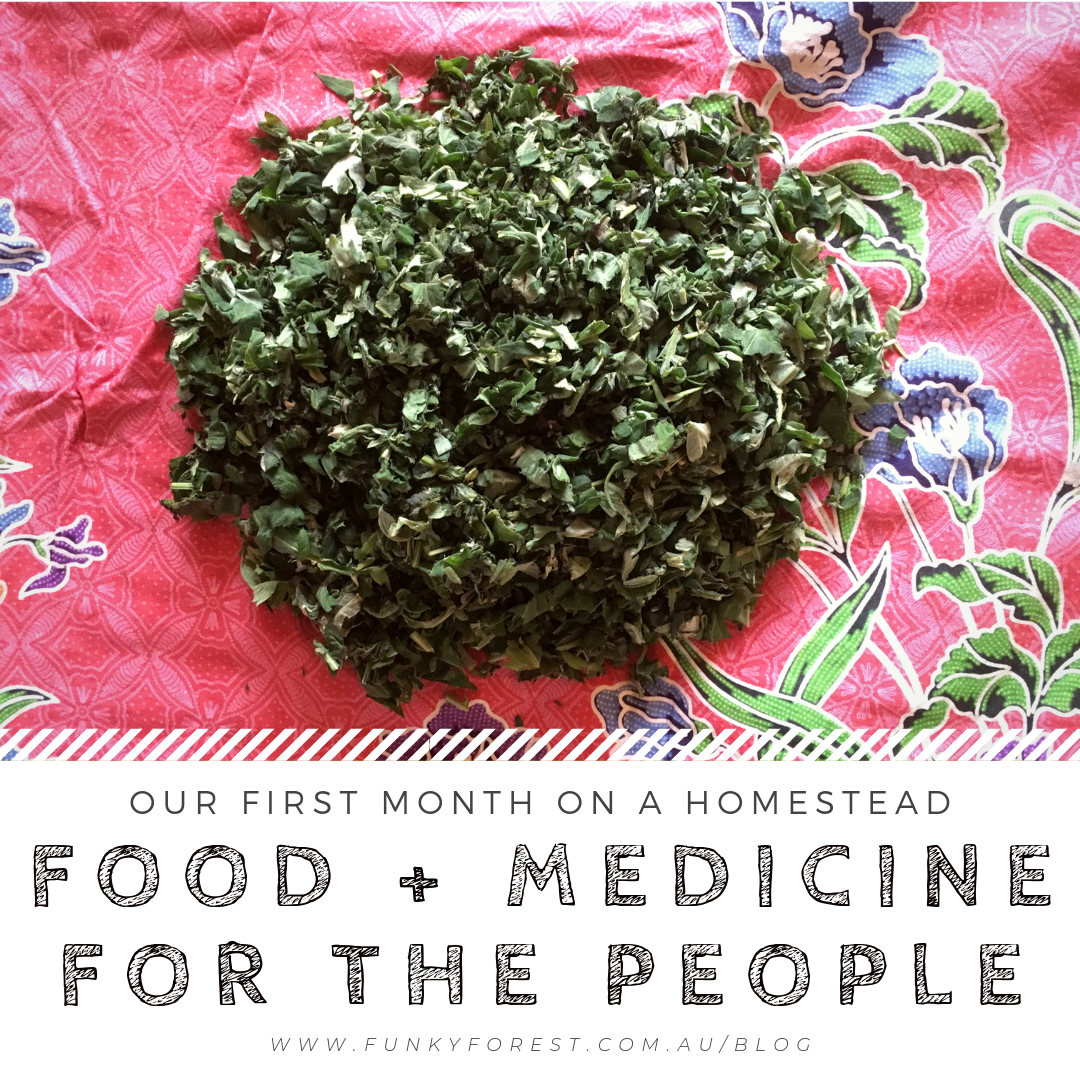
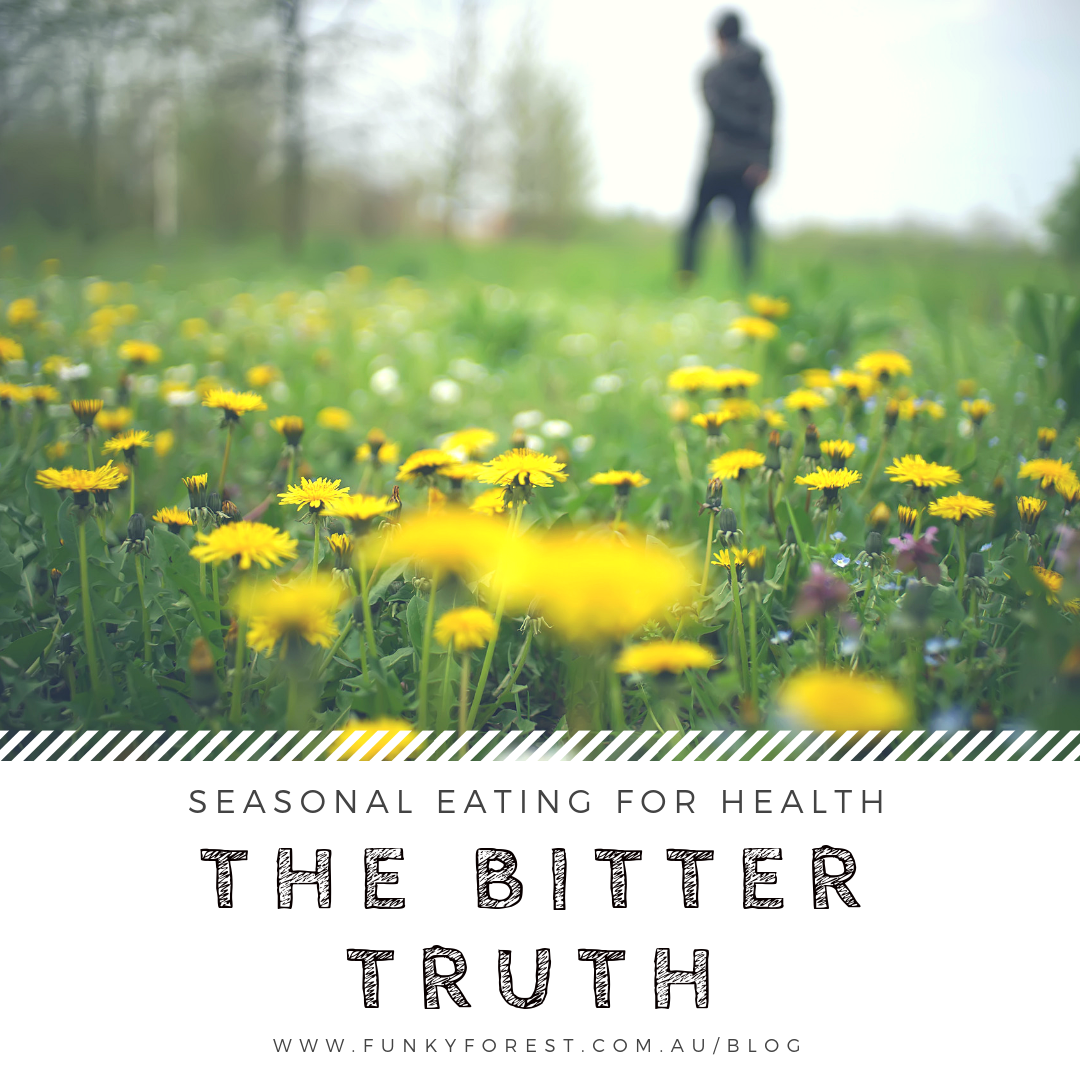
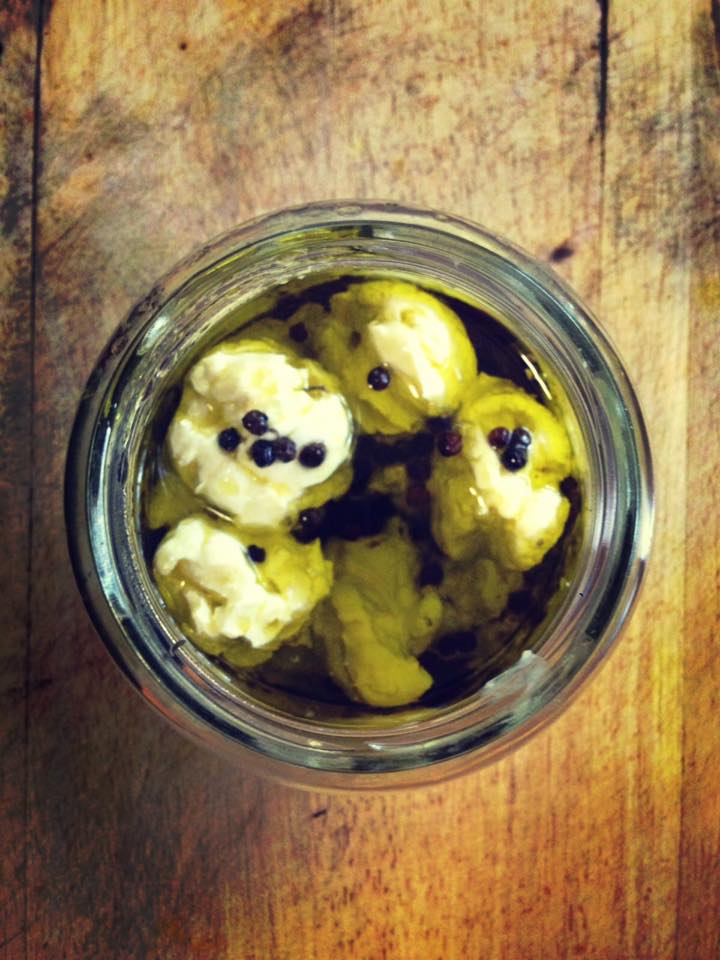

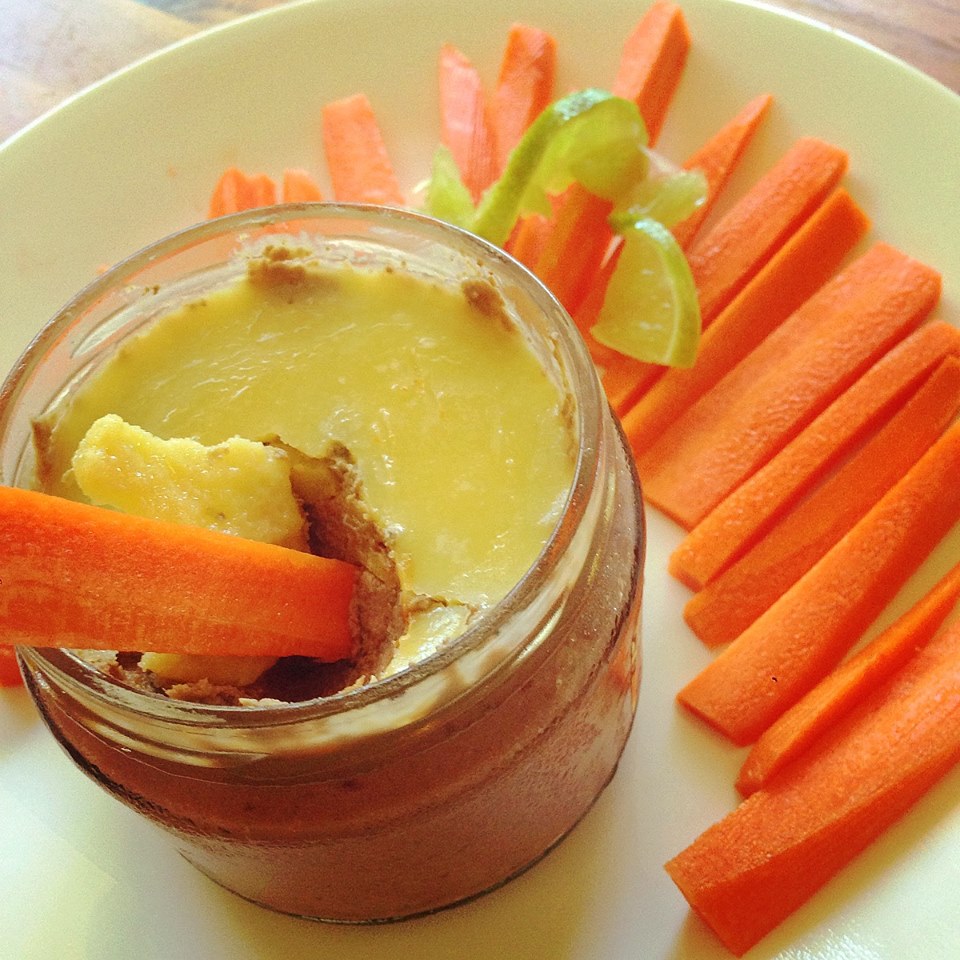
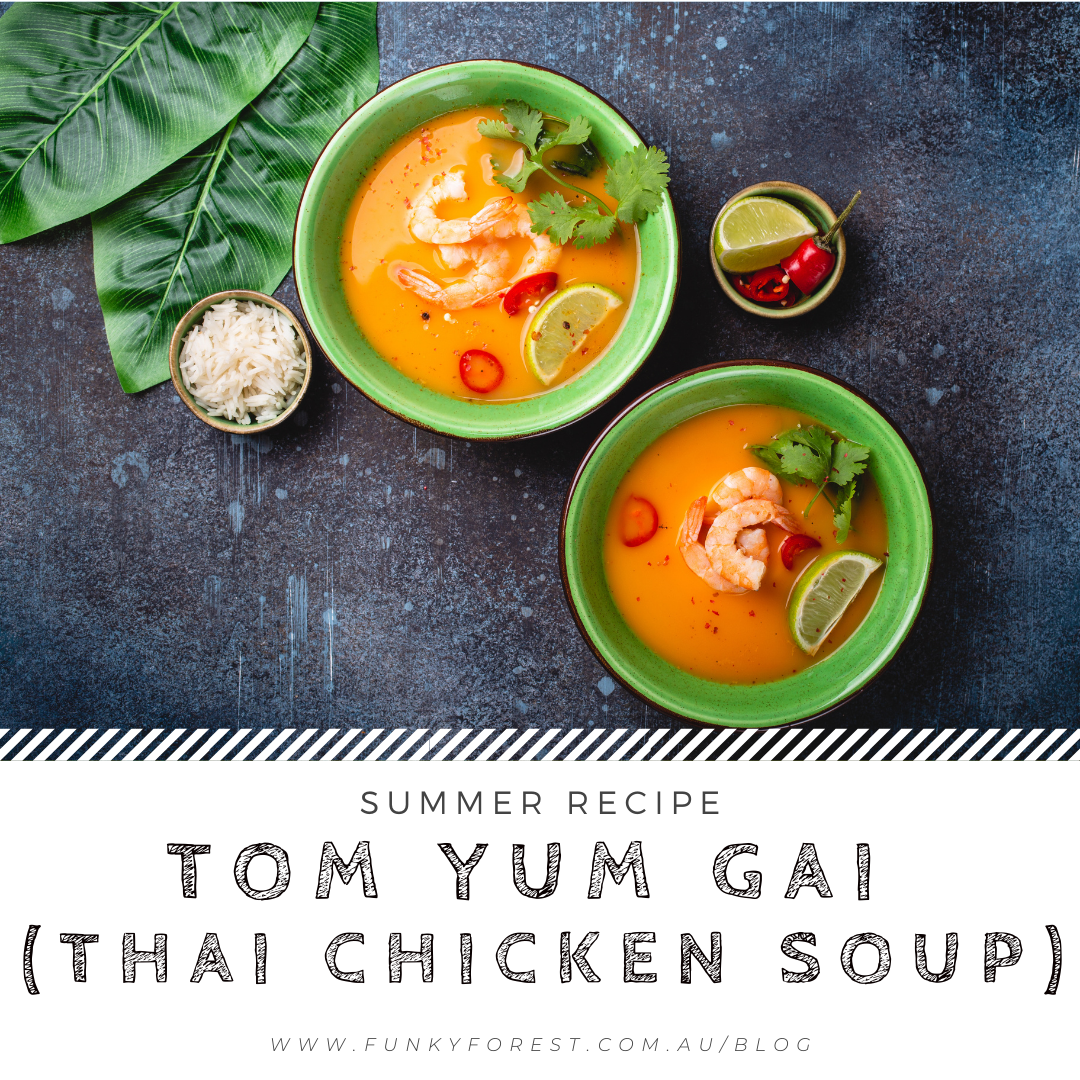
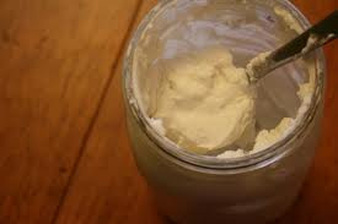
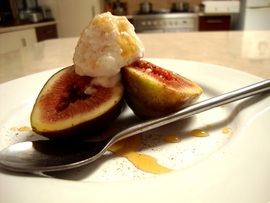

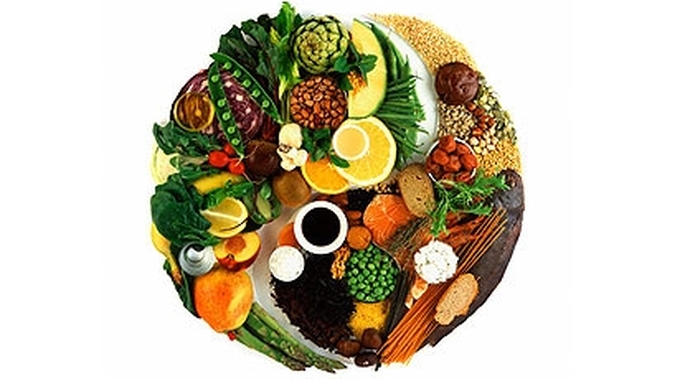

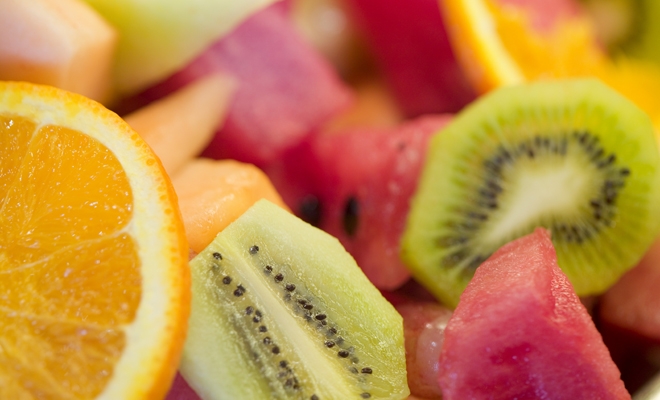







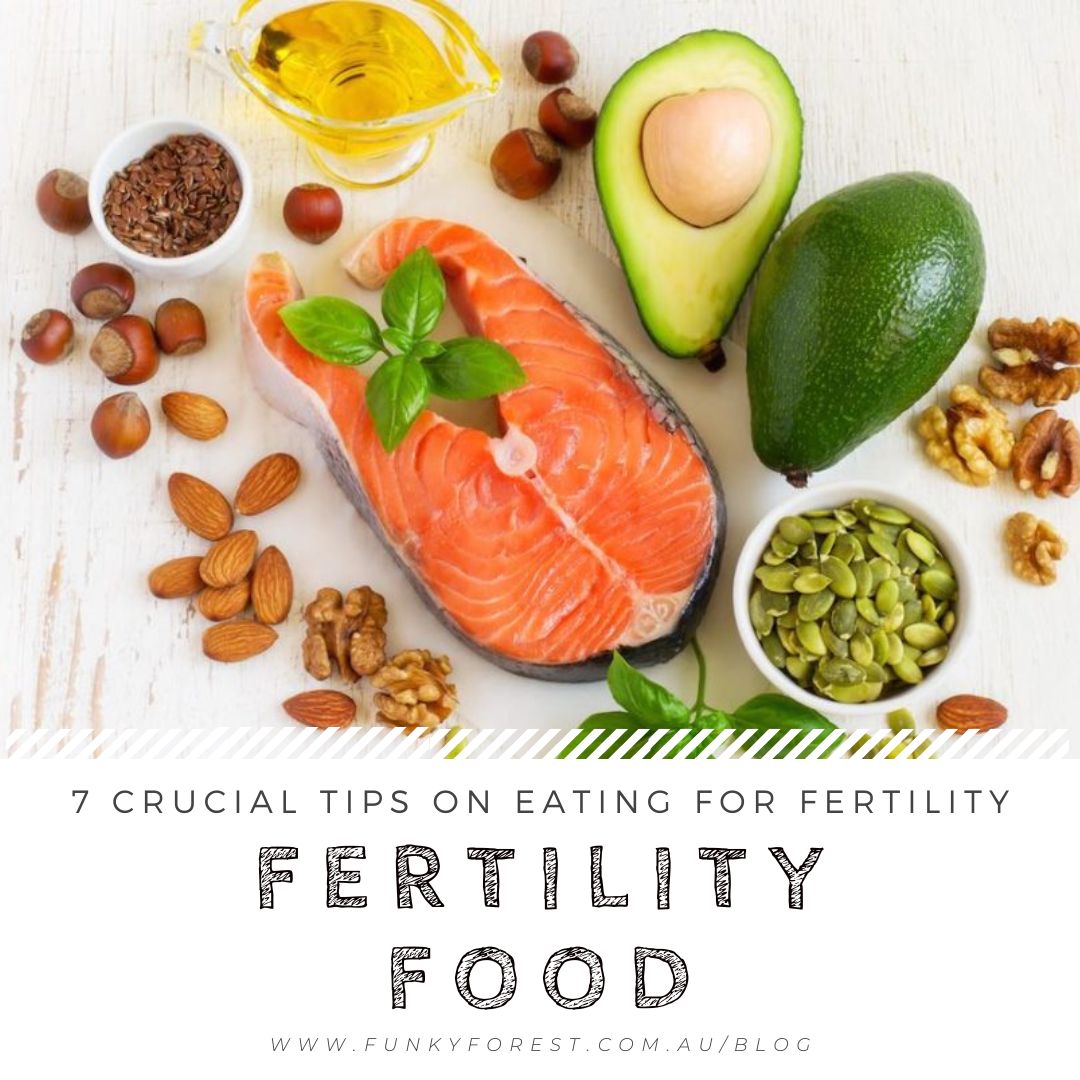
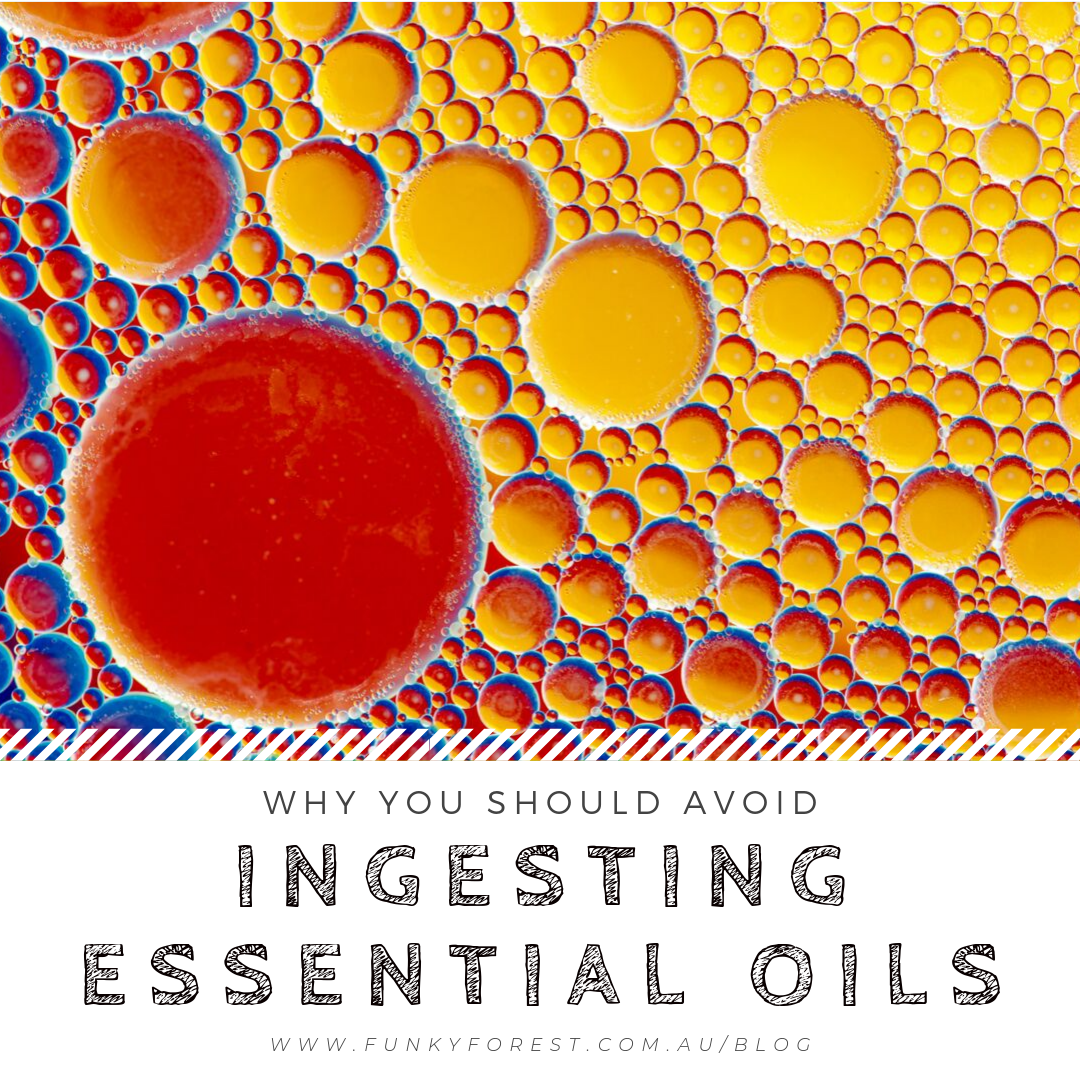
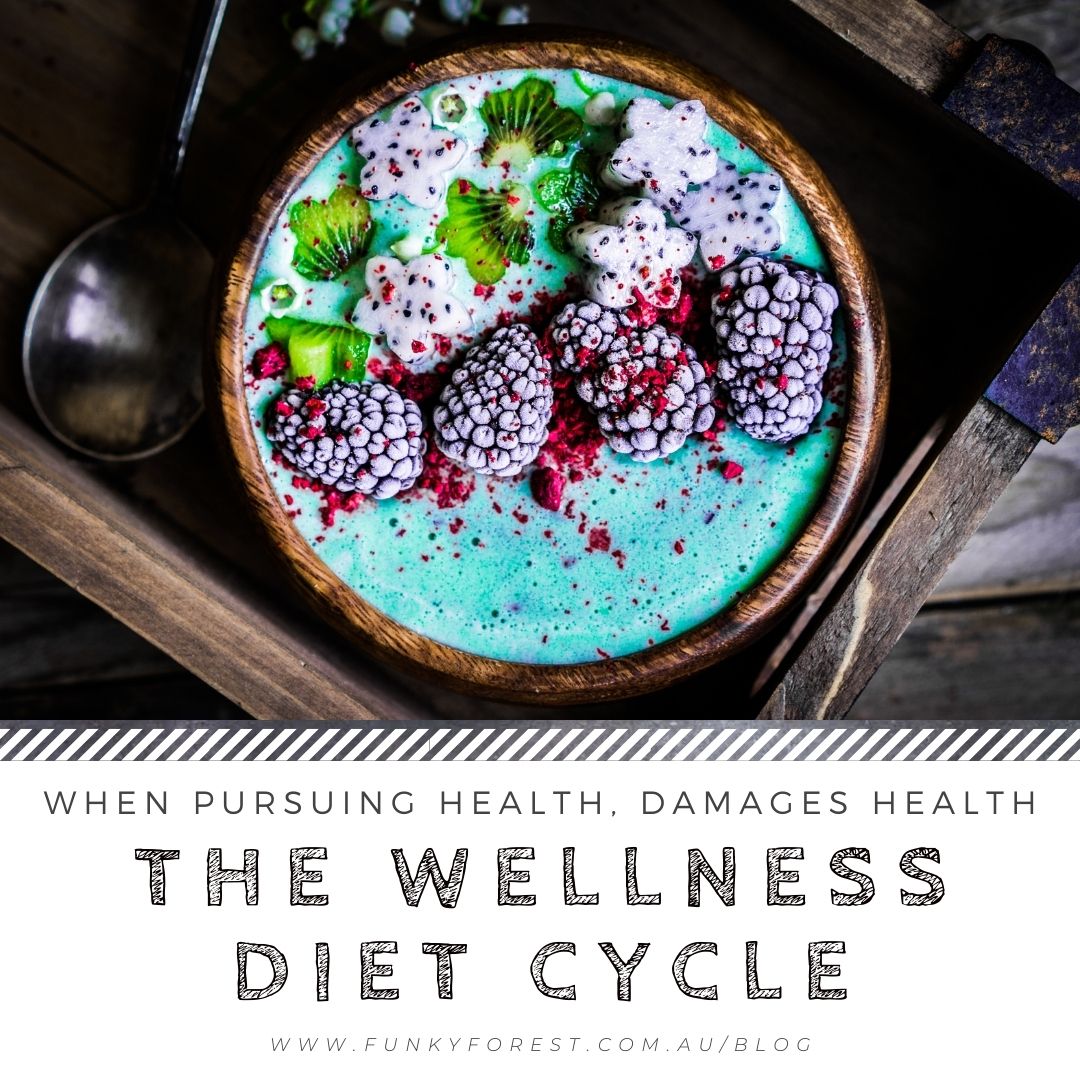
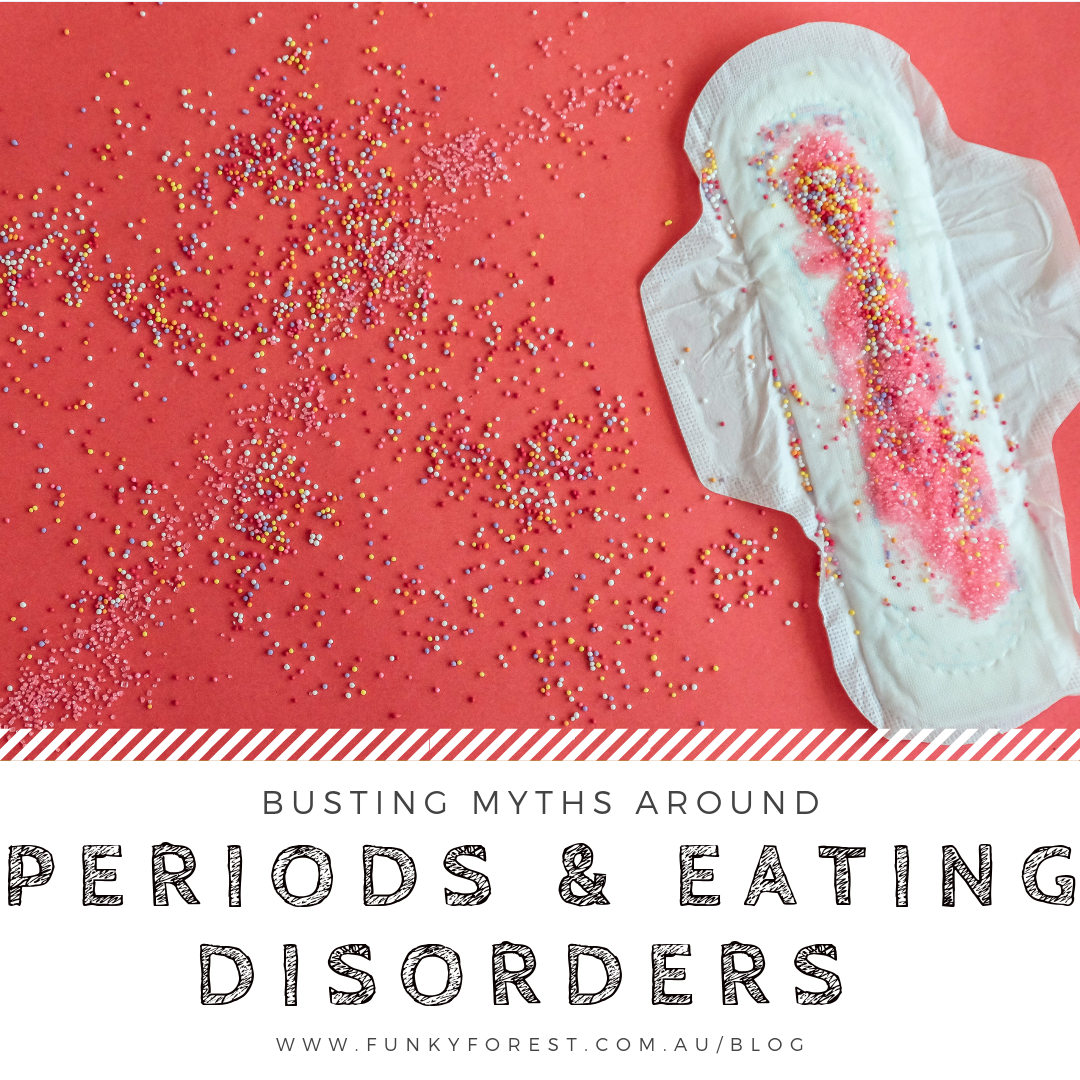


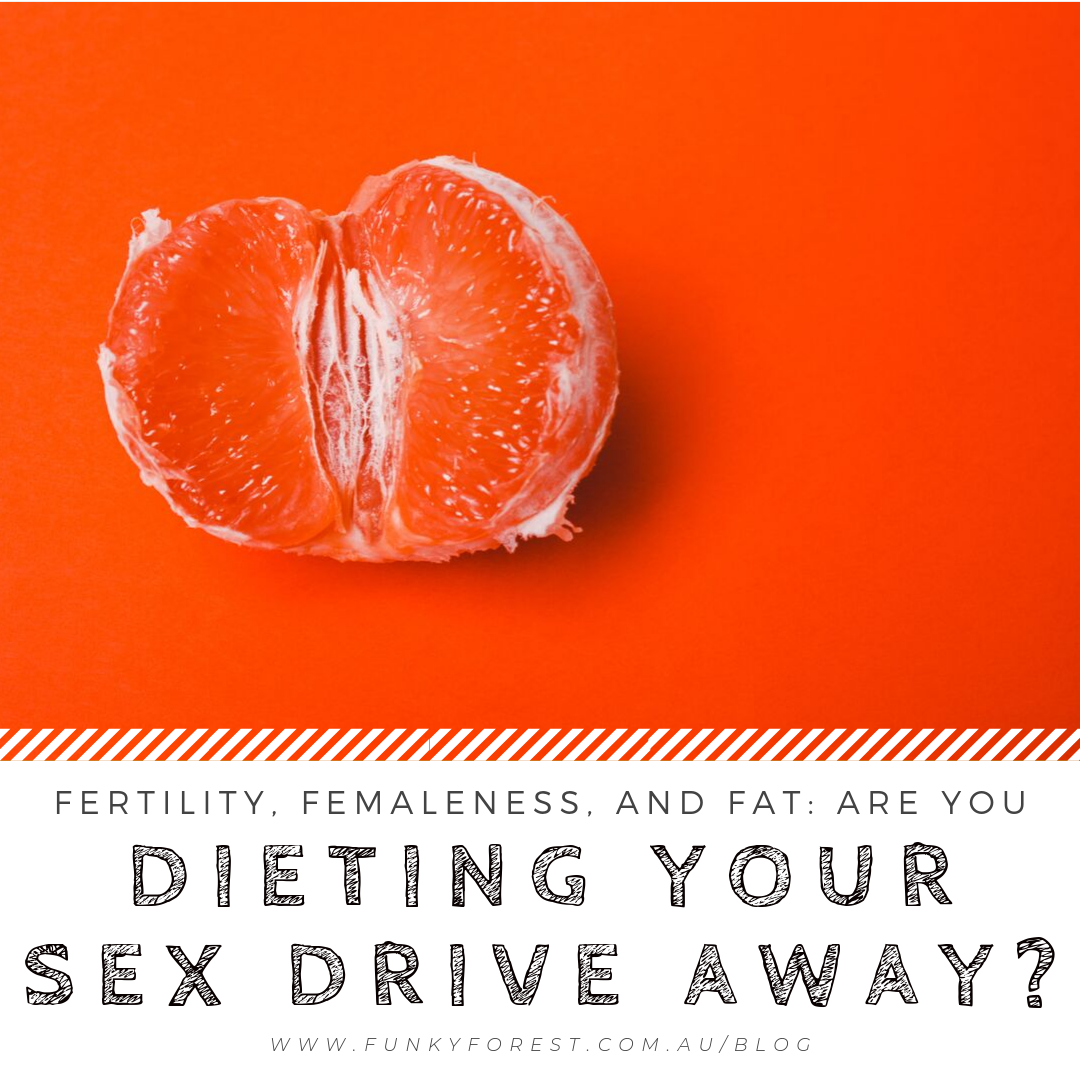



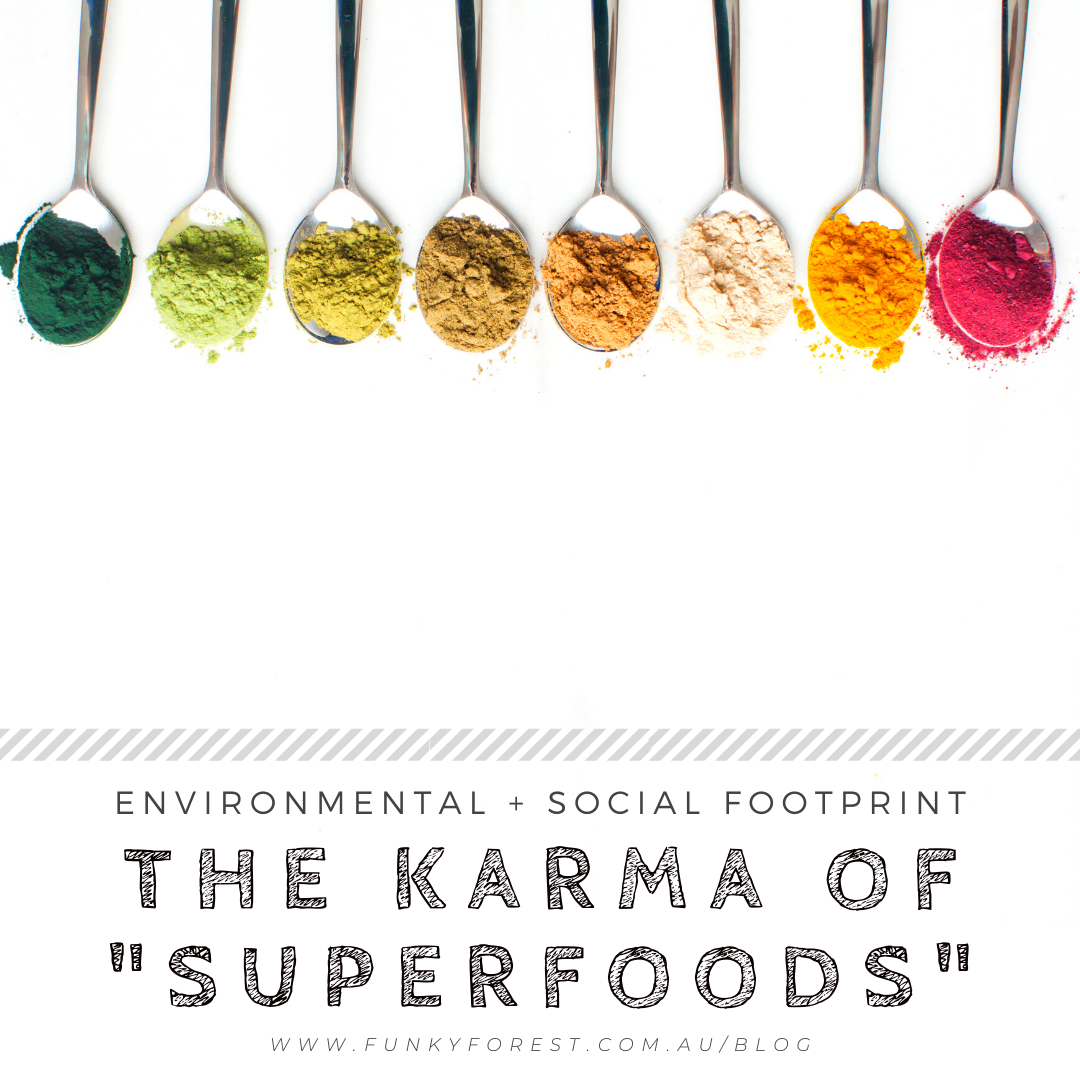

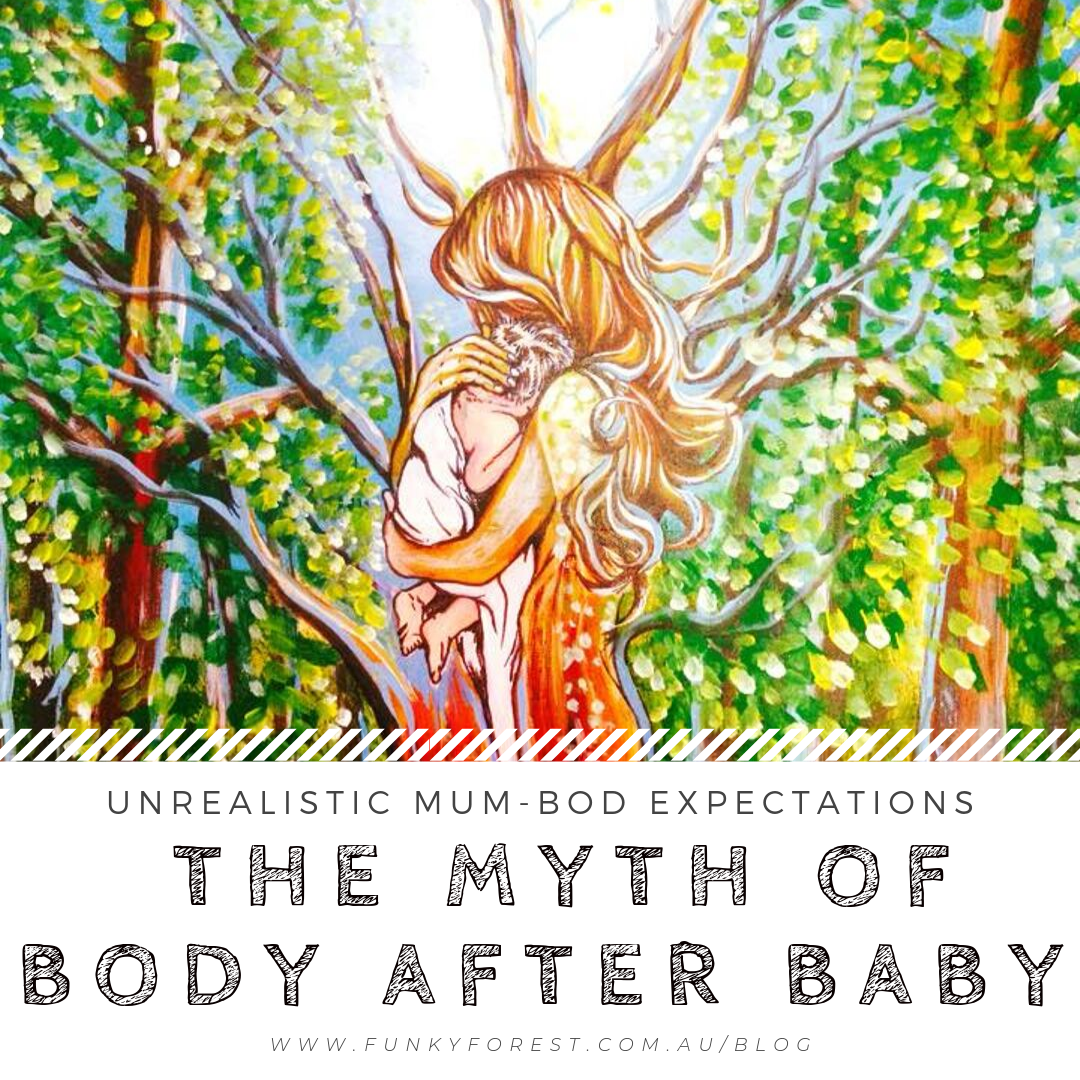



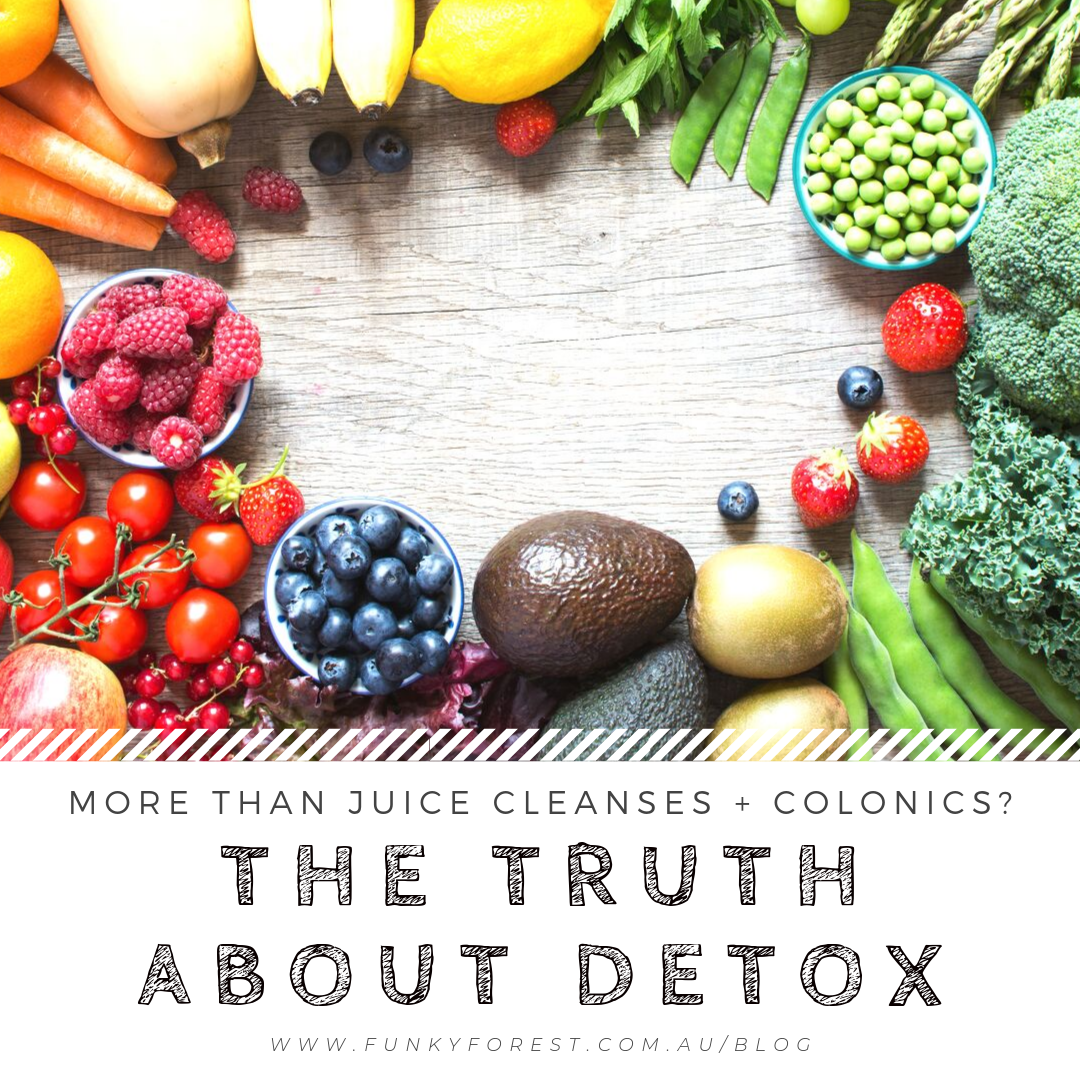
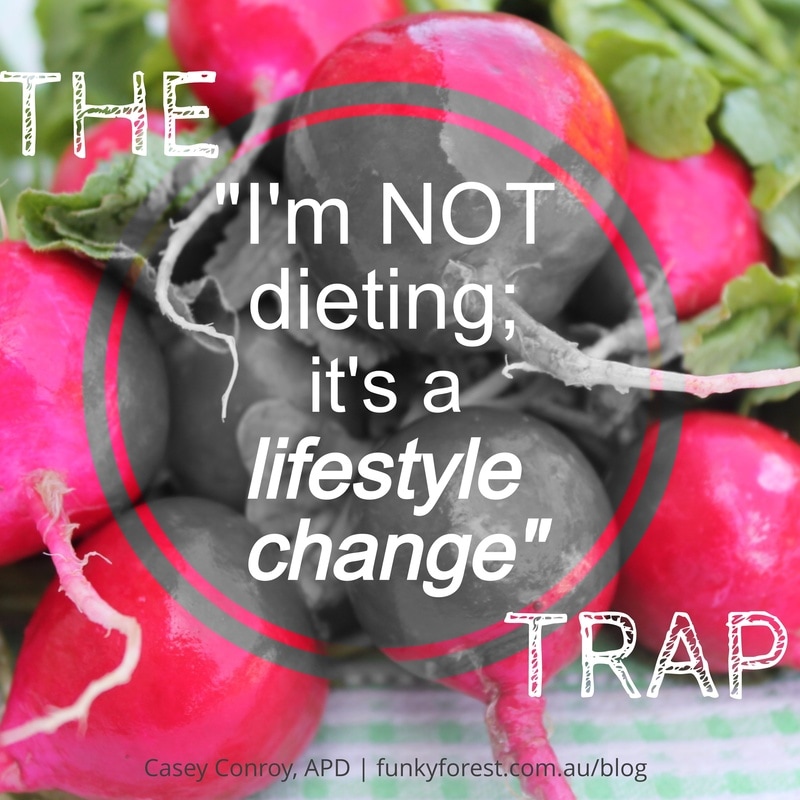

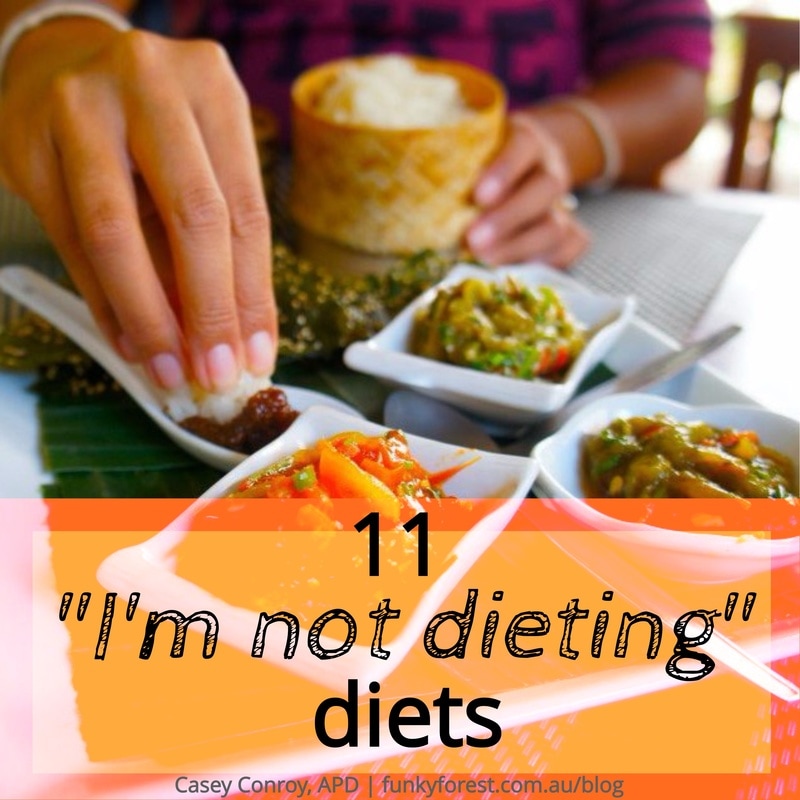

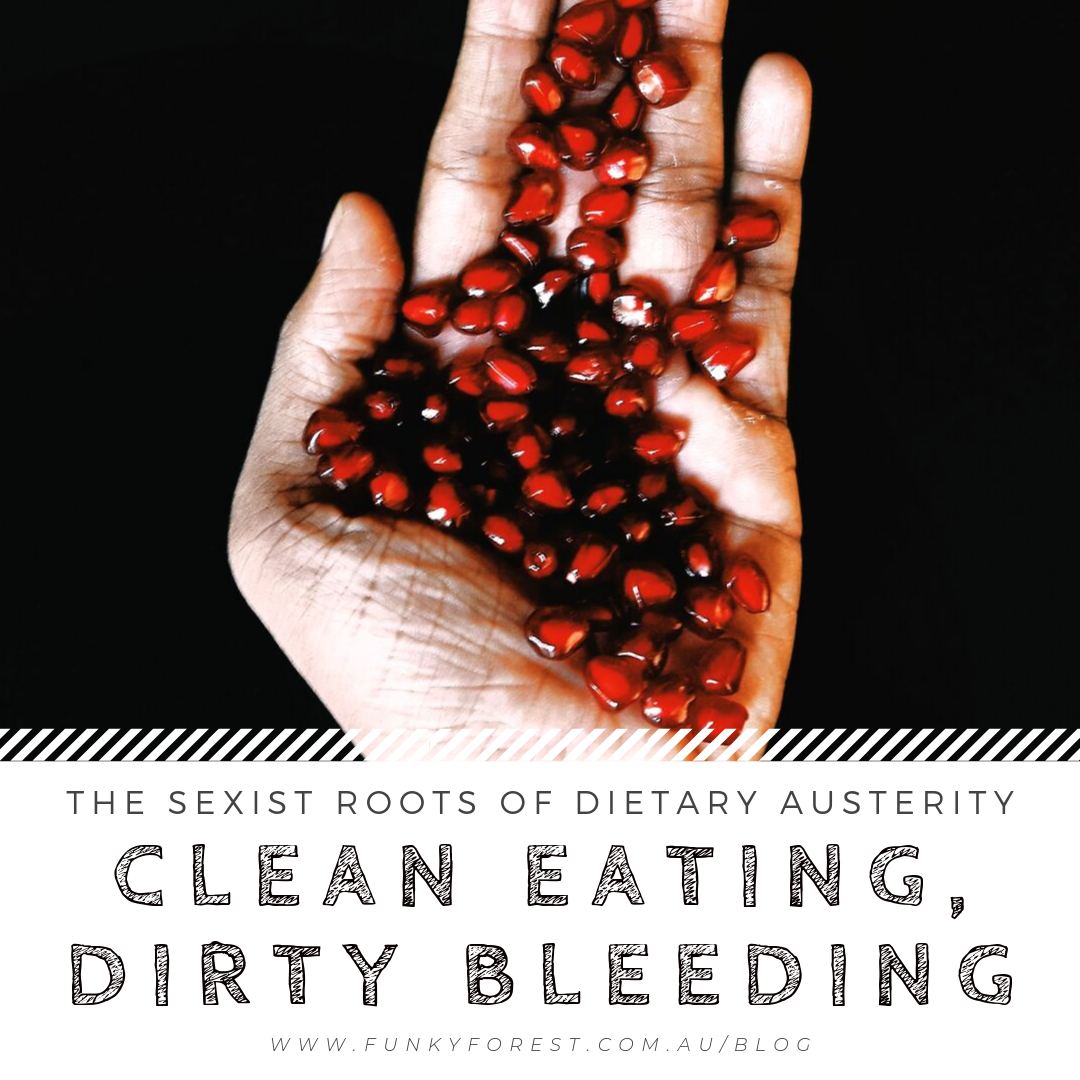




 RSS Feed
RSS Feed



